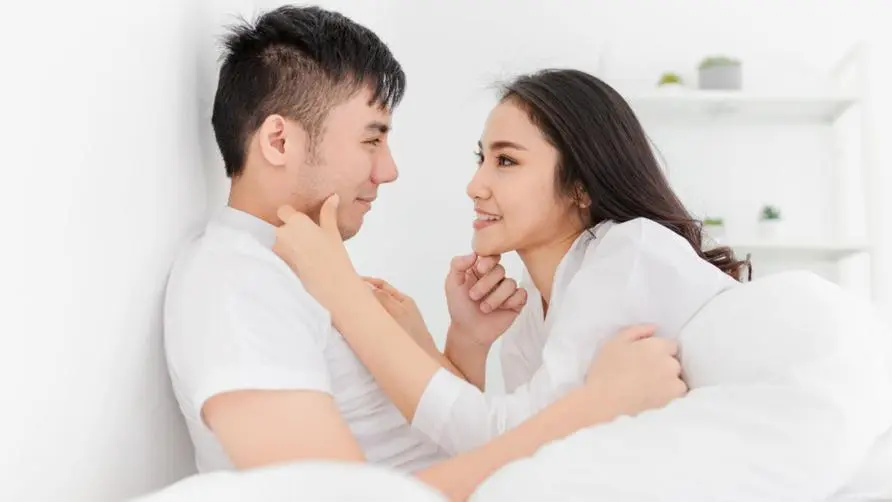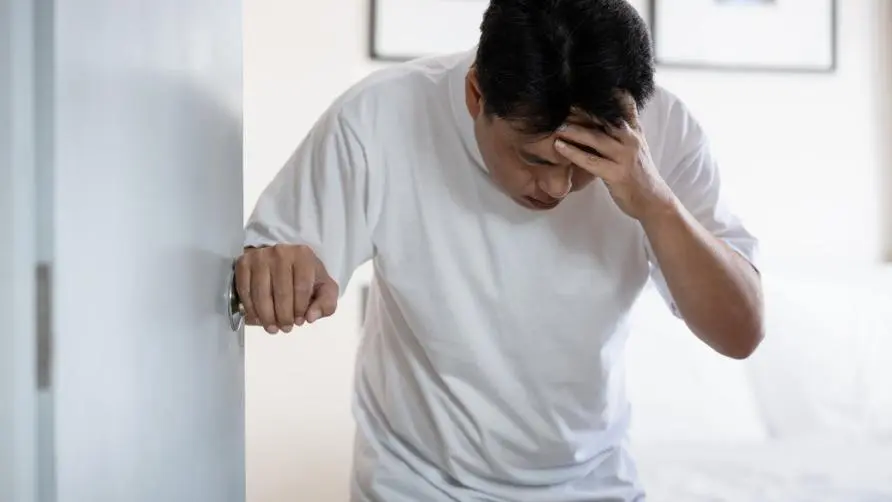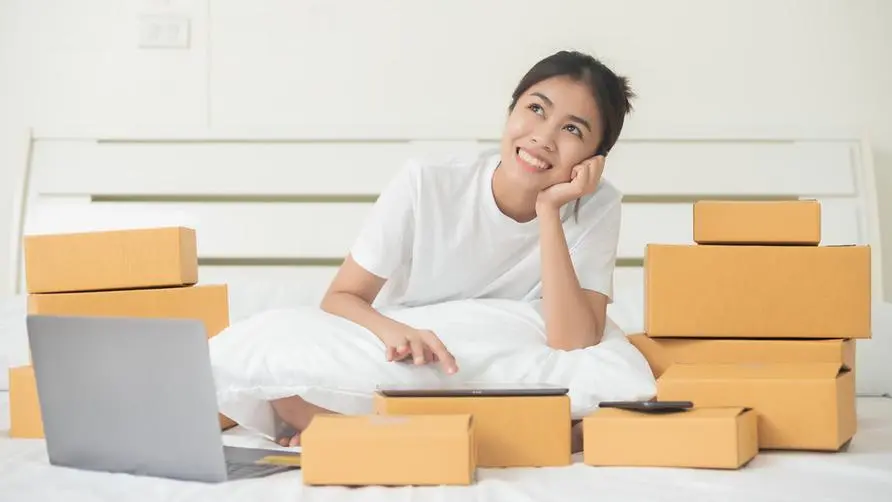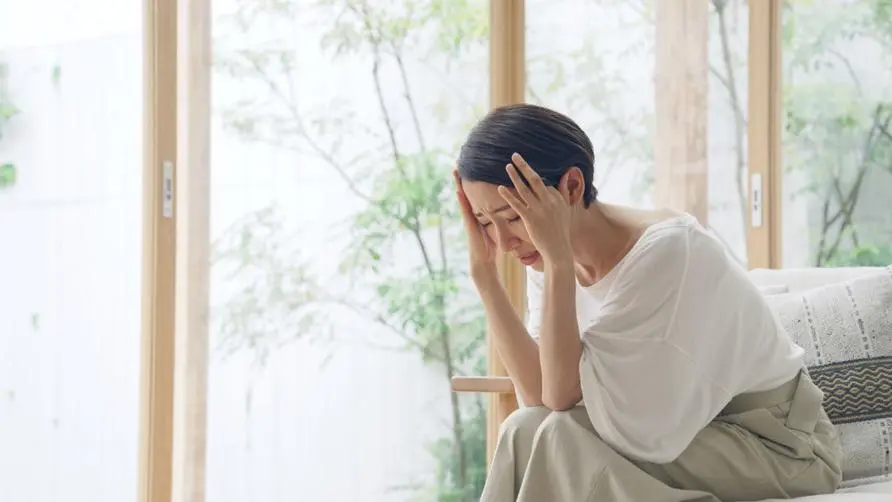Is the habit of buying non-necessities a "mental illness"? 6 signs may be warning signs of "compulsive shopping disorder"

October 13 this year coincides with “Black Friday” (Black Friday), which originated from Western religious beliefs and later became an annual product promotion day. In recent years, many e-commerce and stores have also responded to this event. During “shopping”-themed festivals such as Singles Shopping Festival and Black Friday Shopping Festival, if you can’t help but want to buy more and can’t restrain yourself from swiping your credit card to place an order, be careful because it may be a sign of “compulsive shopping disorder”!
Crazy shopping and maxing out your cards is actually a disease? Research: Not buying may also lead to anxiety and depression!
According to “Addition”, a publication of the British Society for the Study of Addiction (SSA), compulsive shopping disorder, also known as “Compulsive Buying Disorder”, significantly affects nearly 5% of adults in developed countries, especially low-income families. Young women in income groups. The number of people with compulsive shopping disorder is still increasing. Statistics show that about 14% of people in developed countries suffer from mild compulsive shopping disorder.
What is the definition of compulsive shopping disorder? What signs may be a warning sign of compulsive shopping? An article published in “Frontiers in Psychology” pointed out that most consumers’ shopping behaviors are mainly divided into two types: “impulse buying” and “compulsive buying”. These behaviors represent different aspects of people’s shopping methods:
Impulsive buying: Typically involves a potentially spontaneous, unplanned purchase driven by an immediate desire.
Compulsive buying: refers to persistent, often uncontrollable impulses to buy, often as a dysfunctional behavior to cope with negative emotions or to fill an inner void.
Rosa Isabel Rodrigues, the author of the article, stated that impulsive buying does not necessarily involve mental health issues, but compulsive buying may be related to hoarding disorder, obsessive-compulsive disorder, or attention deficit hyperactivity disorder (ADHD) since childhood. In addition, patients with compulsive shopping disorder often engage in irrational shopping behavior due to low self-esteem and need for social approval. Stopping shopping may even cause anxiety, depression and other emotions.
If you like to buy valuables or non-essential items, be careful! 6 signs that may be warning signs of “compulsive shopping disorder”
Literature published in “World Psychiatry” explains that the behaviors of patients with compulsive shopping disorder may include:
Produces emotional ups and downs: always feels happy when shopping, or has rapid mood swings and changes when shopping. Some studies even believe that the joy of shopping is similar to human “sexual desire.”
Damaging relationships with friends and family: Hiding purchases from friends, family, or partners, and spending habits that have harmed relationships, finances, or personal lives.
Difficulty concentrating: Difficulty concentrating on other things and constantly looking at past or future shopping lists.
Guilt-prone: Feeling guilty or experiencing feelings of guilt about purchases, but still having difficulty controlling consumption habits.
Purchase non-essential items: Whether you need the item or not, you will still order it.
It’s easy to exceed the budget: The purchase budget is easy to exceed the affordable range.
“Addition” points out that everything from buying an extra chocolate bar at checkout to overeating on payday can be classified as “impulse shopping,” but compulsive shopping behavior is completely different: when most people shop, It is usually motivated by value and practicality; while patients with compulsive shopping disorder mostly appear to be “shopping addicts” in order to relieve stress, gain social recognition, improve self-image, or even relieve inner depression and anxiety. “the behavior of.
“Addition” believes that compulsive shopping disorder is a “behavioral addiction” characterized by reduced self-control and reduced resistance to external triggers; it may bring serious psychological, social and economic consequences to patients and their relatives. , as with any addiction (such as alcohol, gambling, or smoking). However, unlike most addictive behaviors, there is currently a lack of charities or medical institutions that specifically provide guidance on how to quit “compulsive shopping”, which may be a major public health concern in the future.
How to relieve compulsive shopping disorder? Experts reveal “6 tips” to stay away from explosive buying behavior
As for how to alleviate compulsive shopping disorder? Rodrigues suggests that potential patients can take the following steps to help prevent excessive shopping:
Define priorities. Make a shopping list through a mobile app, diary or note paper. Only daily necessities should be included in the list. Prioritize purchasing these items when shopping.
Practice more mindfulness. Mindfulness practices can help with self-exploration and identifying impulsive or compulsive shopping behaviors. In addition, it is equally important to appreciate the items you already own and practice a grateful state of mind.
Think for 10 more minutes first. When you want to buy something you didn’t originally intend to buy, wait 10 minutes before making a decision. During this time, you should consider whether the product meets your needs and financial goals.
Set spending limits. Developing a budget and setting boundaries for events such as Black Friday Shopping Festival and Singles Shopping Festival will help you avoid overspending and make more thoughtful choices.
Leverage support systems. You can accompany your friends and family when shopping, allowing them to provide their own opinions and even limit your purchases of unnecessary items. This can help you avoid unnecessary spending and help you get back on track with your financial goals.
Avoid yielding stress. Avoid the “I want to have what everyone else has” mentality, trust your own judgment and stick to a pre-planned shopping approach.
If compulsive shopping disorder still persists after taking the above measures, you should immediately seek help from a psychological counselor or a psychosomatic or psychiatrist to intervene with cognitive behavioral therapy (CBT). Cognitive behavioral therapy can help correct negative thought patterns and behaviors (such as the way you view and use money); or you can seek help from a financial professional to learn budgeting and better purchasing strategies.
Source:
A review of compulsive buying disorder
The prevalence of compulsive buying: a meta-analysis
A cross-cultural and cross-gender analysis of compulsive buying behavior’s core dimensions
Further reading:





